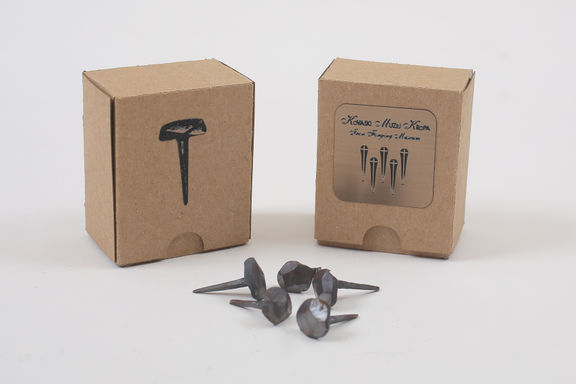Difference between revisions of "Kropa Iron Forging Museum"
(imported from XML by extractor/importer) |
(broken image link fix) |
||
| (37 intermediate revisions by 9 users not shown) | |||
| Line 1: | Line 1: | ||
{{Article | {{Article | ||
| − | | status = | + | | status = PHOTO COVER |
| − | | maintainer = | + | | maintainer = Anže Zorman |
}} | }} | ||
| + | |||
{{Infobox | {{Infobox | ||
| name = Kropa Iron Forging Museum | | name = Kropa Iron Forging Museum | ||
| localname = Kovaški muzej, Kropa | | localname = Kovaški muzej, Kropa | ||
| + | | logo = Kropa Iron Forging Museum (logo).svg | ||
| street = Kropa 10 | | street = Kropa 10 | ||
| town = SI-4245 Kropa | | town = SI-4245 Kropa | ||
| + | | map = http://www.openstreetmap.org/?lon=14.2046&lat=46.2911&zoom=14&layer=mapnik | ||
| telephone = 386 (0) 4 533 7200 | | telephone = 386 (0) 4 533 7200 | ||
| fax = 386 (0) 4 533 7205 | | fax = 386 (0) 4 533 7205 | ||
| − | | email = kropa@ | + | | email = kropa@mro.si |
| − | | website = http:// | + | | website = http://mro.si/muzeji-in-zbirke/kovaski-muzej/ |
| − | | | + | | managed by = Radovljica Municipality Museums |
| contacts = {{Contact | | contacts = {{Contact | ||
| name = Saša Florjančič | | name = Saša Florjančič | ||
| role = Curator | | role = Curator | ||
| − | | telephone = 386 (0) 4 533 | + | | telephone = 386 (0) 4 533 7201 |
| + | }} | ||
| + | {{Contact | ||
| + | | name = Guide | ||
| + | | role = | ||
| + | | telephone = 386 (0) 4 533 7200 | ||
| + | | email = kovaski.muzej@mro.si | ||
}} | }} | ||
| + | | accounts = | ||
| + | https://www.facebook.com/muzejiradovljiskeobcine/ | ||
}} | }} | ||
| − | {{ | + | {{Teaser| |
| − | Located in the narrow valley beneath the Jelovica plateau, Kropa has preserved the appearance of an old iron-making settlement. The | + | |
| + | {{Wide Image|Kropa Iron Forging Museum 2008 Collection of nails.JPG}} | ||
| + | |||
| + | Located in the narrow valley beneath the Jelovica plateau, the town of Kropa has preserved the appearance of an old iron-making settlement and since 1953 has been protected as important state cultural monument. The [[Kropa Iron Forging Museum]] was established in [[established ::1952]] as the first technical museum ''in situ''. It was founded on the endeavours of locals and experts, especially [[Franjo Baš]] who was at that time director of the [[Technical Museum of Slovenia]]. | ||
| + | |||
| + | The Iron Forging Museum is located in the old 18th-century forging house known as Klinar House (a very well preserved mansion by a forge owner) and is nowadays administered by [[Radovljica Municipality Museums]]. It covers the technical and historical development of iron-working from iron ore to nail. | ||
}} | }} | ||
| + | ==Collection== | ||
| + | The museum introduces the commercial, social, demographic, and cultural circumstances of the settlement and neighbouring sites from the 15th century to the close of the iron foundry tradition in the 19th century and the downfall of nail-making handicraft in the 20th century. The museum also features a special collection of artistically-forged iron objects made by master blacksmith [[Joža Bertoncelj]]. | ||
| + | |||
| + | Of the many nail forges only the ''vigenjc'' Vice has remained and is now a dislocated technical monument of the Kropa Iron Forging Museum. It is an authentically preserved building, built in brick and wood from the 18th century, where visitors can see the manual forging of spikes and nails with an old furnace and tools (by appointment). | ||
| + | |||
| + | {{Wide image|Kropa Iron Forging Museum 2011 The legacy of Joža Bertoncelj (1901–1976).JPG}} | ||
| + | |||
| + | ==A brief history of Kropa forging== | ||
| + | |||
| + | Notable development of the town of Kropa begun in the 14th century. The "Slovene Furnace" is an important archaeological finding that was discovered during excavations for the road towards Jamnik village above Kropa and shows how iron was forged in the Middle Ages. In the 15th century already two iron forging furnaces and blacksmith workshops existed. The peak of iron forging was in the 18th and 19th century two iron foundries, 7 forge semi-manufactures (''cajnarica'') and 19 spike-forges (''vigenjc'') were operating and employed about 1000 people. At the end of the 19th century, industrialisation changed the iron foundry into an industry cooperative (1893) which later in the 20th century became the Plamen Screw Factory. | ||
| + | |||
| + | {{Wide image|Kropa Iron Forging Museum 2017 The inside of a nail-smithy.JPG}} | ||
| + | |||
| + | ==See Also== | ||
| + | *[[Radovljica Municipality Museums]] | ||
| + | *[[Podgoršek Blacksmith's Museum, Pišece]] | ||
| + | *[[Blacksmith Museum, Ljutomer]] | ||
| + | |||
| + | ==External links== | ||
| + | * [http://mro.si/english/ Kropa Iron Forging Museum web page] | ||
| + | * [http://commons.wikimedia.org/wiki/Category:Kropa Town of Kropa photos on Wikimedia Commons] | ||
| + | * [http://tripedia.info/attraction/iron-forging-museum/ The Iron Forging Museum at Tripedia ] | ||
| + | |||
| + | {{Gallery}} | ||
[[Category:Museums]] | [[Category:Museums]] | ||
| + | [[Category:Specialised museums]] | ||
| + | [[Category:Industrial and technical heritage]] | ||
| + | |||
| + | [[Category:Updated 2017]] | ||
Latest revision as of 17:32, 17 November 2020
Collection
The museum introduces the commercial, social, demographic, and cultural circumstances of the settlement and neighbouring sites from the 15th century to the close of the iron foundry tradition in the 19th century and the downfall of nail-making handicraft in the 20th century. The museum also features a special collection of artistically-forged iron objects made by master blacksmith Joža Bertoncelj.
Of the many nail forges only the vigenjc Vice has remained and is now a dislocated technical monument of the Kropa Iron Forging Museum. It is an authentically preserved building, built in brick and wood from the 18th century, where visitors can see the manual forging of spikes and nails with an old furnace and tools (by appointment).
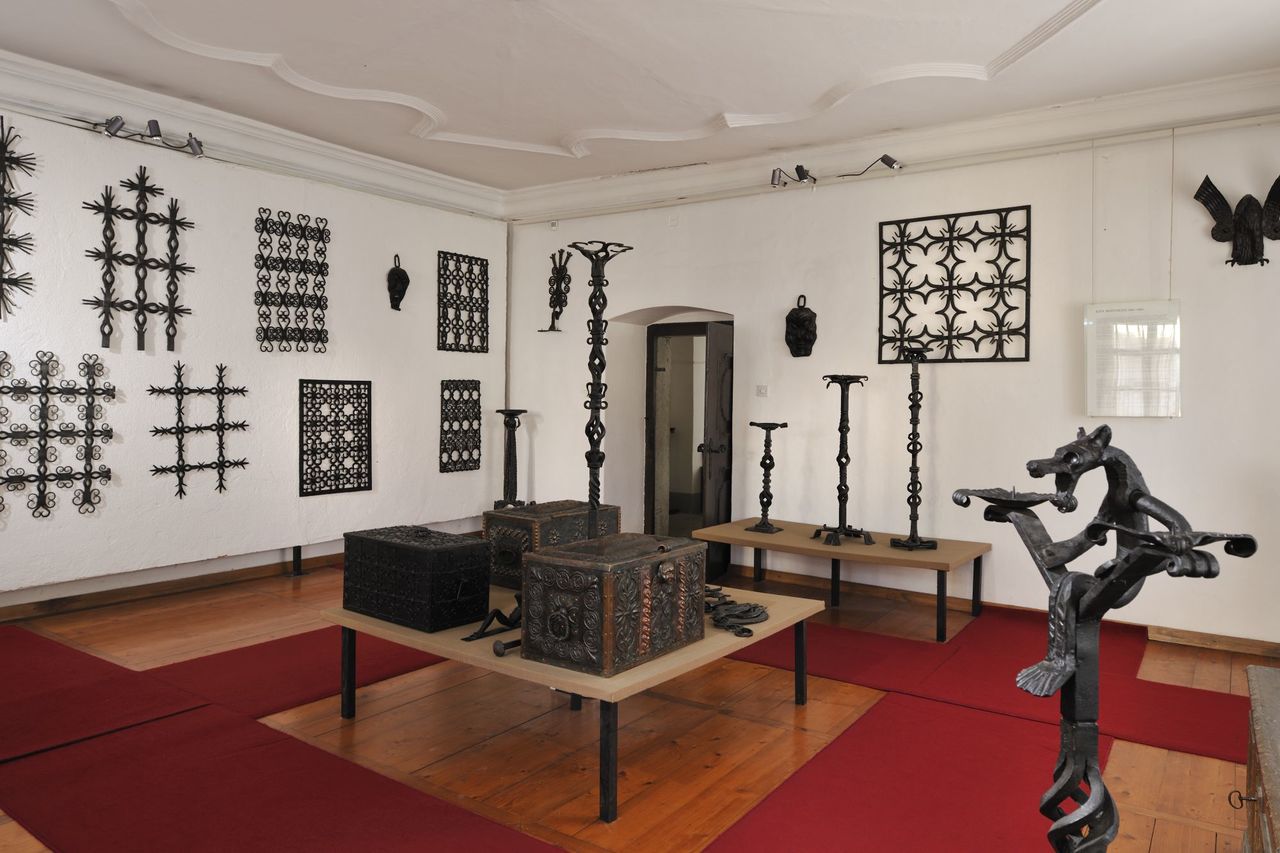
A brief history of Kropa forging
Notable development of the town of Kropa begun in the 14th century. The "Slovene Furnace" is an important archaeological finding that was discovered during excavations for the road towards Jamnik village above Kropa and shows how iron was forged in the Middle Ages. In the 15th century already two iron forging furnaces and blacksmith workshops existed. The peak of iron forging was in the 18th and 19th century two iron foundries, 7 forge semi-manufactures (cajnarica) and 19 spike-forges (vigenjc) were operating and employed about 1000 people. At the end of the 19th century, industrialisation changed the iron foundry into an industry cooperative (1893) which later in the 20th century became the Plamen Screw Factory.

See Also
External links
- Kropa Iron Forging Museum web page
- Town of Kropa photos on Wikimedia Commons
- The Iron Forging Museum at Tripedia




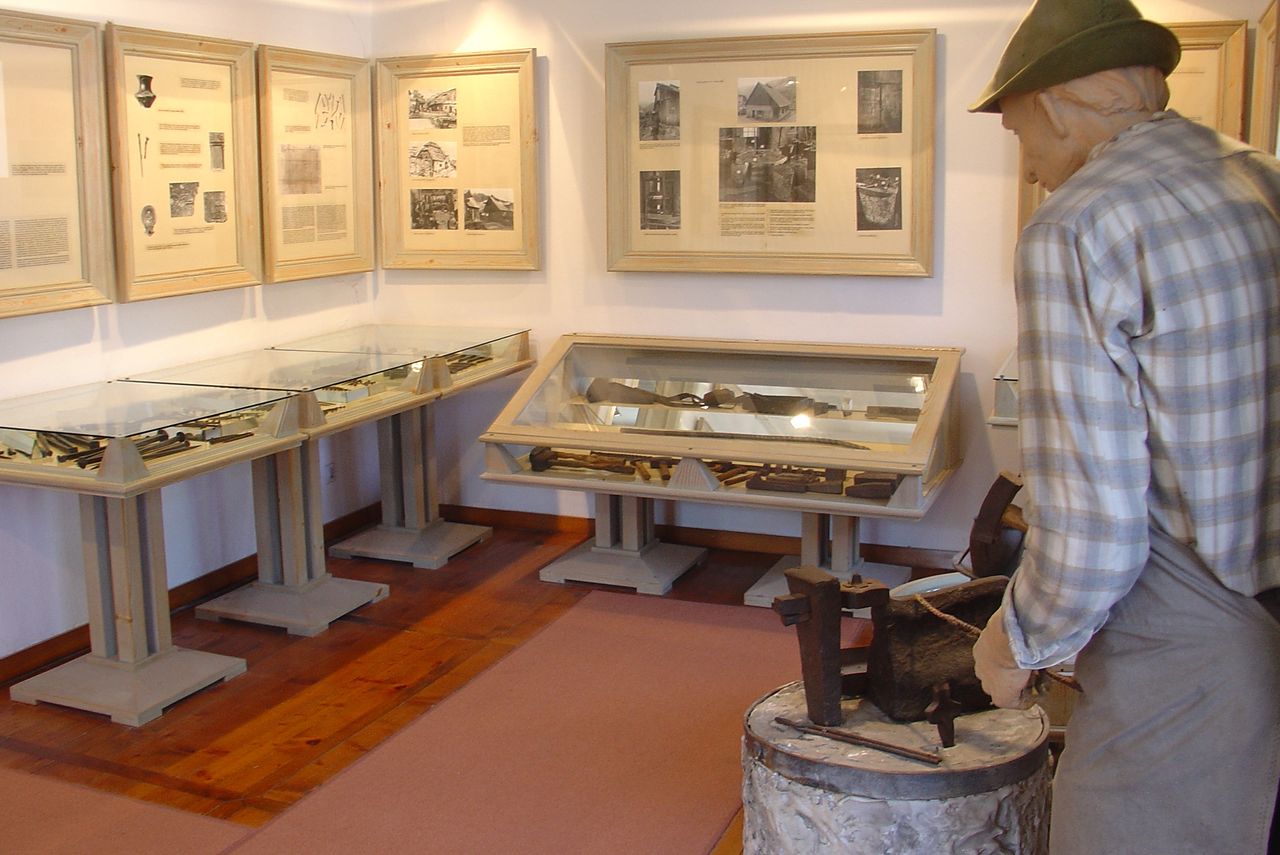

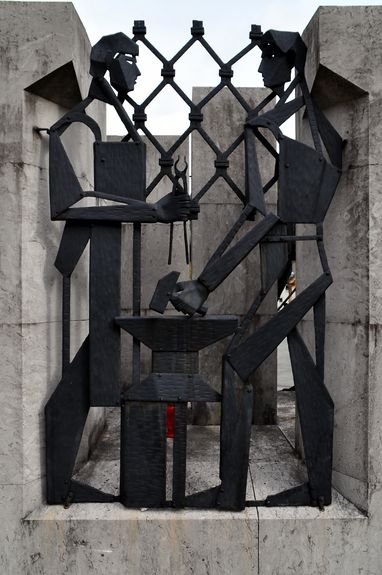
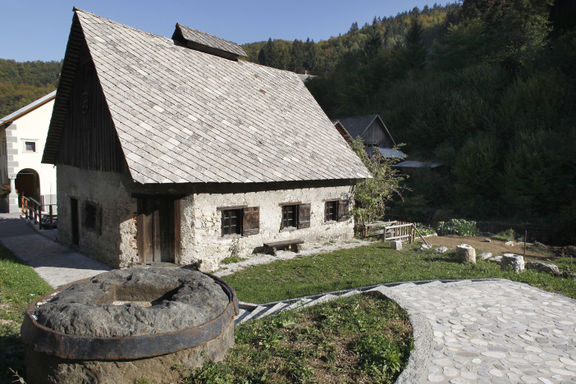
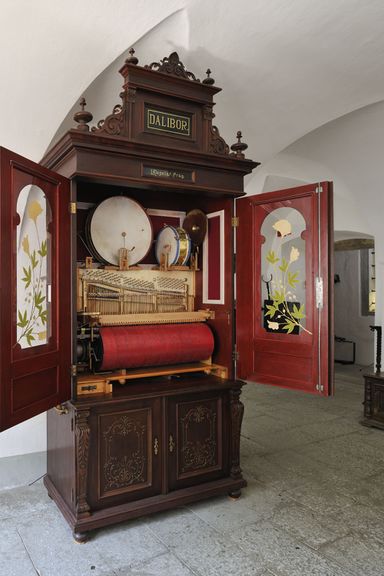
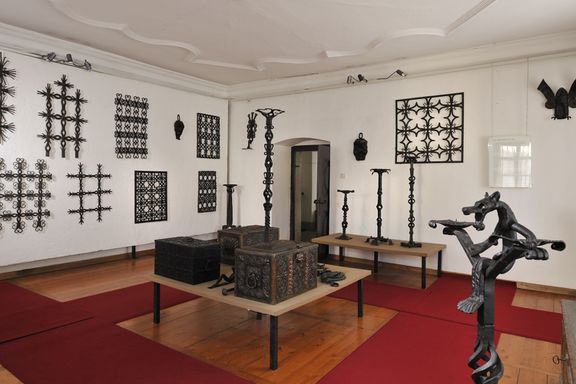
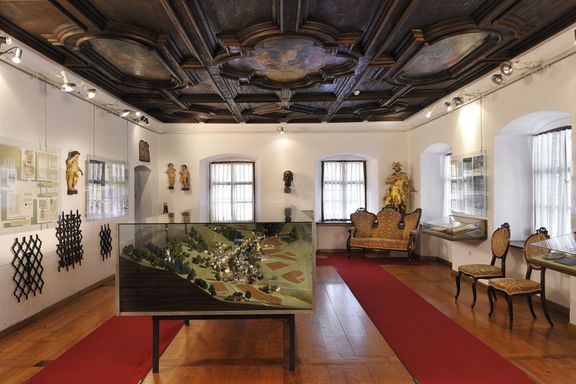
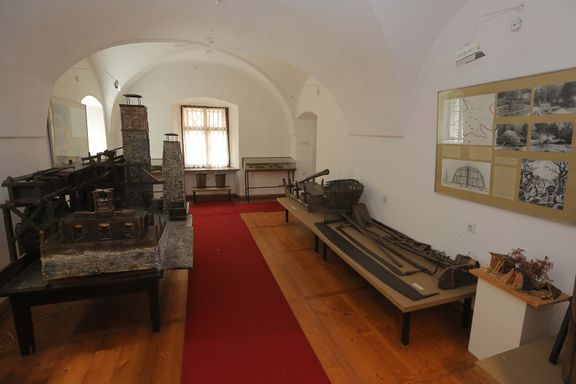
![Jože Plečnik]].](/images/thumb/7/76/Kropa_Iron_Forging_Museum_2017_A_souvenir_candlestick_following_Plecnik%27s_design_Photo_Gorazd_Kavcic.JPG/576px-Kropa_Iron_Forging_Museum_2017_A_souvenir_candlestick_following_Plecnik%27s_design_Photo_Gorazd_Kavcic.JPG)
